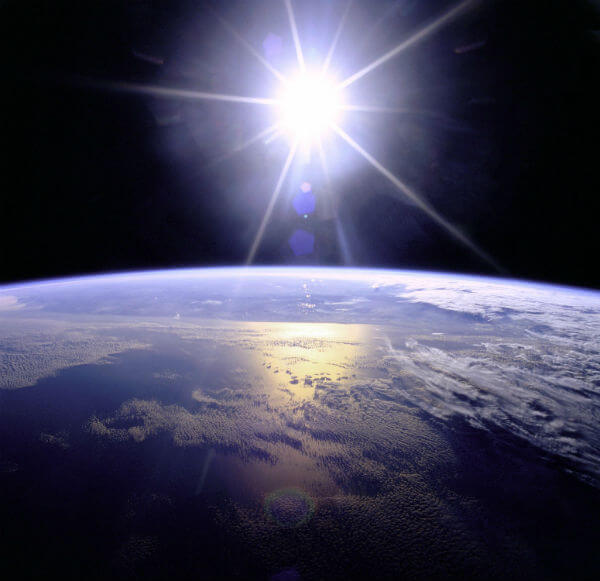The Associated Press reports: President Barack Obama cast the adoption of clean energy in the U.S. as “irreversible,” putting pressure Monday on President-elect Donald Trump not to back away from a core strategy to fight climate change.
Obama, penning an opinion article in the journal Science, sought to frame the argument in a way that might appeal to the president-elect: in economic terms. He said the fact that the cost and polluting power of energy have dropped at the same time proves that fighting climate change and spurring economic growth aren’t mutually exclusive.
“Despite the policy uncertainty that we face, I remain convinced that no country is better suited to confront the climate challenge and reap the economic benefits of a low-carbon future than the United States,” Obama wrote.
He peppered his article with subtle references to Trump, noting that the debate about future climate policy was “very much on display during the current presidential transition.”
As he prepares to transfer power to Trump, Obama has turned to an unusual format to make his case to Trump to preserve his policies: academic journals. In the last week, Obama also published articles under his name in the Harvard Law Review about his efforts on criminal justice reform and in the New England Journal of Medicine defending his health care law, which Republicans are poised to repeal.
The articles reflect an effort by Obama to pre-empt the arguments Trump or Republicans are likely to employ as they work to roll back Obama’s key accomplishments in the coming years. Yet it’s unclear whether Trump or the GOP could be swayed by scholarly arguments in relatively obscure publications. [Continue reading…]
At tomorrow’s press conference, Donald Trump is sure to be asked for clarification on questions raised by his recent tweets.
On the other hand, “Did you read any of President Obama’s recent articles in Science, the Harvard Law Review, or the New England Journal of Medicine, Mr Trump?” is an unlikely question.
But on the off-chance something along those lines does come up, Trump is likely to wave it off with something like this: “I’m happy for President Obama to write for academics while I work for the American people.”
It would be understandable if Obama feels like he’s served his time and is now entitled to a quiet life, but I hope he does the opposite — that he doesn’t withdraw to an ivory tower but instead lends his voice (more than his pen) to active and engaged opposition to what promises to be the worst presidency in American history. Writing for academic journals, however, is preaching to the choir.
Scientific challenges against an anti-science president and an anti-science political party are going to get parried by the same expression of mock humility — “I’m not a scientist, but…” — a line that resonates well in a scientifically illiterate nation.




